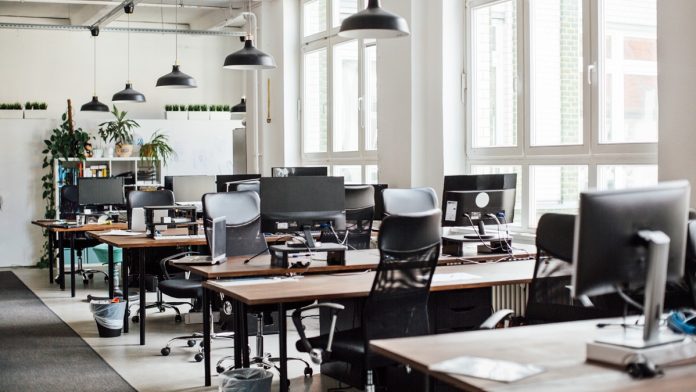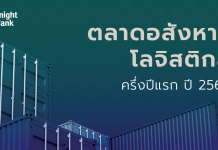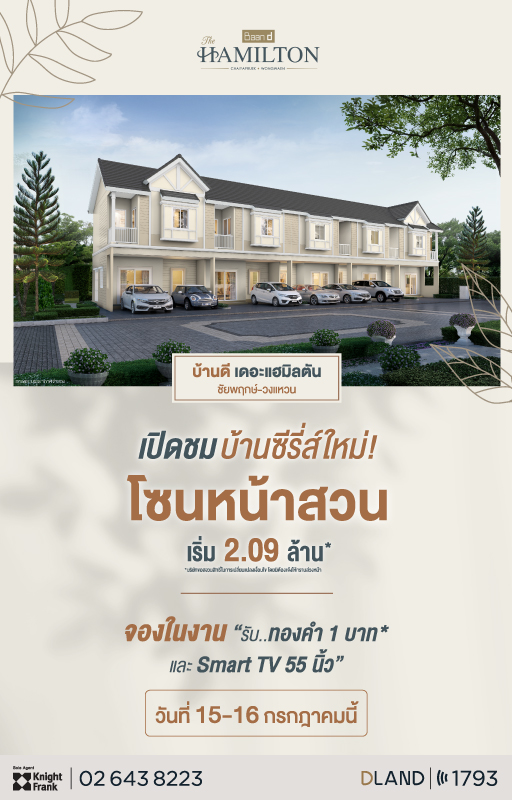Over the past 10 years, Peoplespace has conducted a series of Workplace Strategy workshops to more than 30 local and multinational companies (MNCs) in Thailand to identify the relationship between ‘people’and ‘space’.
We passionate to identify how organisations initially use their physical space, how their current workstyle affecting space usage, what are the organisations’ leaders visioning their workspace to be like, and what are the real needs of the employees. This was, basically, an expectation based on a “Headcount-Based Workplace” space type before the organisation decided to transform into “Activity-Based Workplace” later on.
We interviewed more than 100 top-executives and around 60 are CEOs. We conducted a workshop with more than 1,800 employees, conducted an online questionnaire involved more than 11,000 employees responding, conducted over 8,700 hours of time-utilisation study survey in a total of more than 200,000 sq.m. workspace areas.
This is what we discovered:
The Executive Vision
Surprisingly, unintentionally we have discovered an unbelievable pattern of what most top-executives and C-Suite levels visioning about their new workplace regardless of the size of the organisation. After we conducted a 1-on-1 personal interviewed with them, which was one of our “Workplace Strategy” procedure, it came down to top-5 elements what they were expecting and why they would want to spend their organisation’s money to transform the workspace into Activity-Based. In orderly, these ingredients are:

1. Cost Savings
It appeared that 100% of the top-executives and C-Suite levels utterly mentioned this. Astonishingly, almost 80% mentioned ‘cost-saving’ as the first priority as this involved them to explain to the organisation’s stakeholders and shareholders. The return on investment (ROI) in transforming the workplace has become a major topic of “why the organisation needs to invest?”.
Obviously, we all knew that the overall desks utilisation rate has been significantly dropped down since the year 2010. But not until the past 5 years, when the 4G technology in Thailand became more competitive. Many top organisations have adopted the new way of working and started to accommodate anywhere anytime working concept in reality. This led to a lesser desks utilisation rate, which in many organisations has, then, been rapidly dropped down by less than half even at the peak rate.
The space optimisation and inventory recalculation were directly related to cost-saving. Indeed, this could also significantly bring down other related facilities costs both services and perks.
2. Increase Productivity
The majority of top-executives mentioned this as a major point of concern since technology has distributed the way they work into more collaboration and a team-working basis. The physical of traditional workspace might not support the organisation’s workstyle anymore.
The workplace filled with individual perks such as personal desks, workstations, cubicles, and offices needs to be transformed into more collaboration space. Especially, when nowadays many organisations established a team to accommodate “agile” working principals. A requirement of alternative workspace and furniture have become the “choice” for the staff to choose where they can perform best at each particular timing either with their colleague or themselves.
3. Enhance Brand Value
Simply is the “Corporate Culture”. The traditional workplace used to design around the corporate identity to enhance employees’ motivation and pride in the organisation.
But today the C-Suite levels valued it more. They adjusting their vision deeper into the value of their organisation aligning with their people. Whereas, the environment of the workplace has overcome the design shifting from ‘design for the eyes’ to ‘design for the activities’ encouraging employee’s behaviour to interact around customer-centric.
Today’s workspace will embrace more unique facilities to support newer organisational activities, such as corporate town hall space for official announcements and knowledge sharing, project team room where the team could stick post-it and scribble their ideas or canteen space that can be used for an occasion like celebrations and parties.
Therefore, the organisation should not be spending on these areas as ‘Nice-to-Have’ space. But the organisation should consider spending these spaces as a facility to facilitate its brand value activities.
4. Attract and Retain
Workplace facilities become one of the most admired destinations for top-talent to consider joining the organisation. It is obviously simple to creating a space and designing a workplace to attract these newcomers. Especially, in the talent war situation like today. Having a ping-pong table, pool table, bean bags and PlayStation in the design might attract top cream youngsters.
But many C-Suite levels think differently than these attracting concept might not be enough. Yes, attracting top-talent calibre is important to the organisation, but, yet, retaining those top-talented is even more crucial.
Most top-executives in long-historical organisations respect the diversity of their employee generations. The mixture design perks that can balance the attracting and retaining top-talented who value for the organisation is the most important. Formulating the right proportion of workspace ingredients is becoming the key element.
5. Increase Satisfaction
Some top-executives believe that employees’ satisfaction is the CEO’s happiness. Obviously, many reports have shown that these 2 elements are significantly related. Some report even shown that every 10%-15% of staff satisfaction can enhance their productivity by 1%-3%.
However, we all knew that to please individuals is simple. And to please everyone is like sending the rocket to the sun and expected it to survive. But to please the majority is what most C-Suite levels expected. Hierarchically, the more diverse in demographics, the level of satisfaction might be different. This are the challenges for many top-executives and C-Suite levels to overcome. Especially, when transforming into Activity-Based workplace

Apart from the 5 expectations over the transforming from “Headcount-Based Workplace” into “Activity-Based Workplace” above, there are some other interesting highlights such as; to keep up with the workplace trend, to enforce flattering hierarchy in the organisation, or to optimize the space creating room to grow.
Magically, we surprisingly discovered the priority pattern from the employees during the Employees Engagement Workshop (as part of our “Workplace Strategy” procedure), which is completely reversed of what top-executives and C-Suite levels mentioned. Their interest starts from increasing their work-lift satisfaction, to attract and retain the colleagues, to enhance the changes in culture and brand value, to increase team productivity and, lastly and unimportantly to them, to save costs.
It is very essential to have the right balance between the ‘investment’, which is the organisational demand side, and the ‘experience’, which is the user demand side. The different perspectives must be prioritised at the perfect demand level originally for your organisation and, importantly, NOT ONLY FROM ONE SINGLE SIDE.
Therefore, before convincing your top-executives and C-Suite levels to transform the workplace from “Headcount-Based Workplace” into “Activity-Based Workplace” you must search for tangible evidence touching on these 5 elements. You will be amazed how powerful these data can identify the best need for the organisation and the people and, indeed, can definitely backup all stakeholders.














